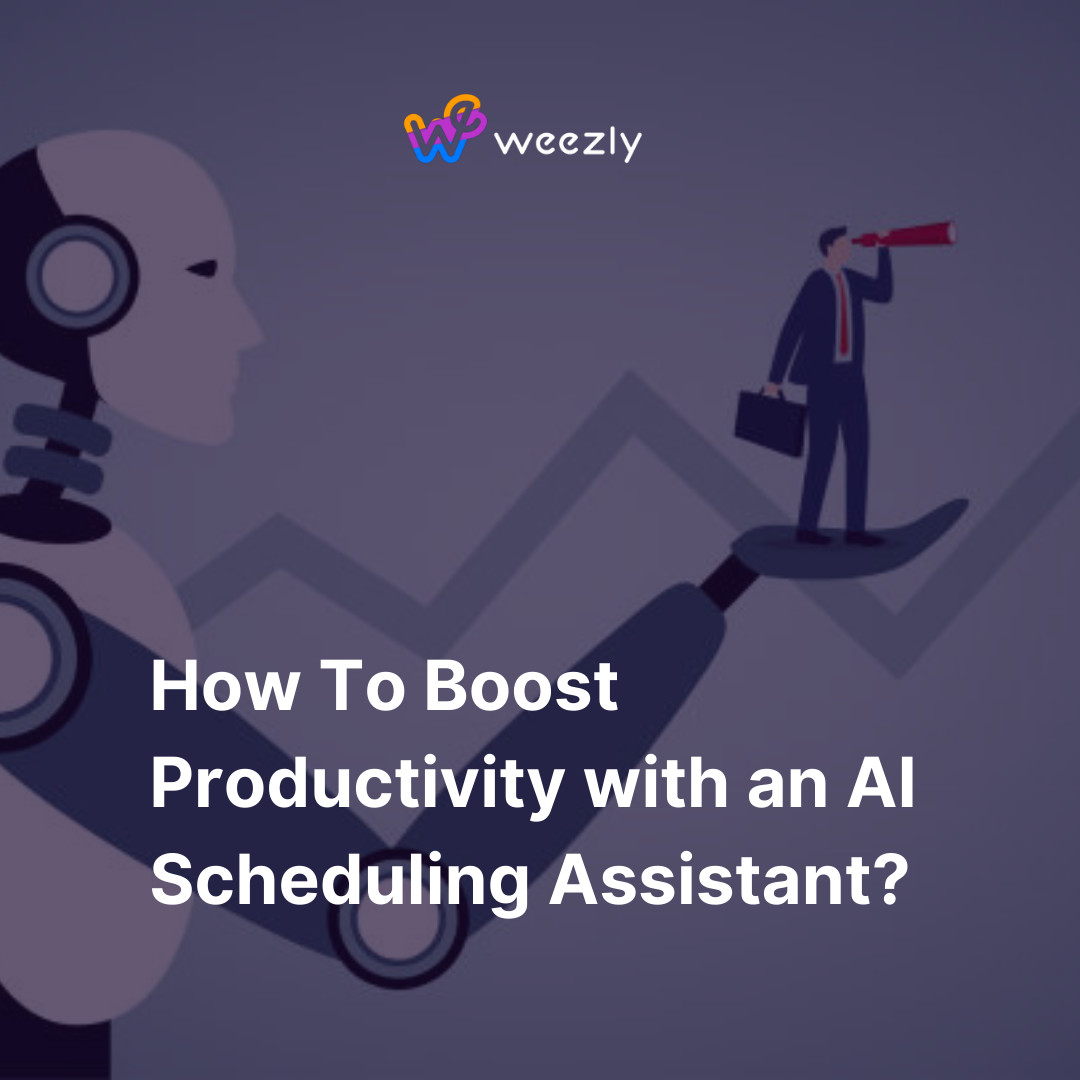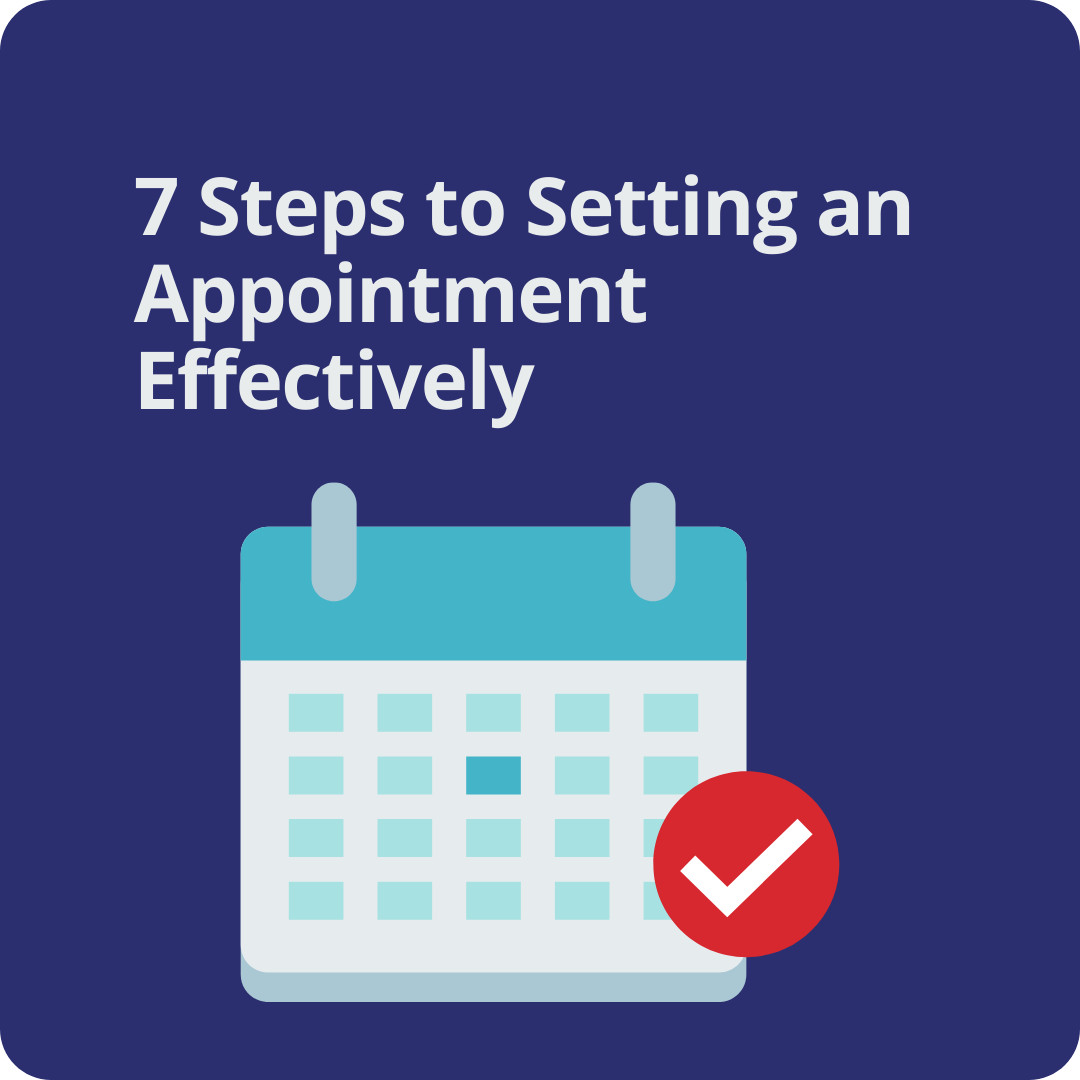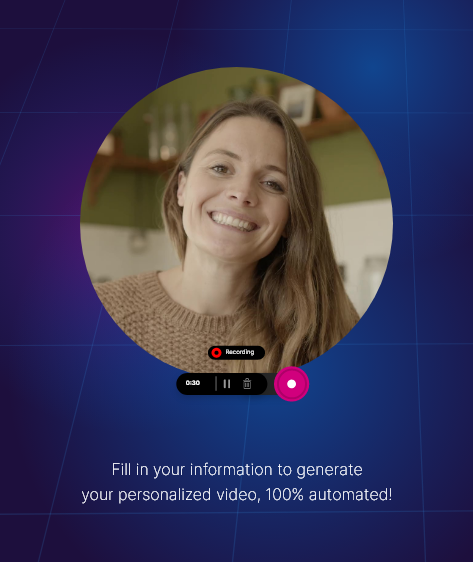Anyone working in sales, recruiting, or even basic networking on LinkedIn knows the struggle: the LinkedIn messaging inbox is notoriously difficult to manage. Whether you’re dealing with a flood of cold messages, sifting through important opportunities, or just trying to keep conversations organized, the lack of filtering and sorting makes it easy to lose track. Missed follow-ups and overlooked warm leads become a frustratingly common reality, especially as your network grows.
As the landscape of digital communications evolves, streamlining your LinkedIn messaging workflow has become an essential productivity skill. This article explores the real frustrations professionals face with LinkedIn’s inbox, why organization matters for business results, and actionable ways to stay ahead in managing your messages effectively.
Based on the original video:
Why the LinkedIn Messages Inbox Falls Short
The primary topic here—the LinkedIn messaging inbox—is a critical tool for anyone conducting outreach or managing significant connections. Yet, it remains one of the most inefficient parts of the platform. Let’s break down the core problems:
- No filtering: You can’t sort messages by tags, type, or priority.
- Poor search functionality: Finding specific messages is slow, incomplete, and unreliable.
- Unpredictable message flow: Each time you click a conversation, you’re kicked back to the top of the thread list, losing your place and flow.
- Lack of reminders: There’s no embedded follow-up management system, so high-value messages easily slip through the cracks.
This user experience isn’t just annoying—it can directly impact your career or sales performance by letting hot inbound leads go cold. As many have aired on professional forums and posts, these friction points have led hundreds of users to seek alternative solutions.
The Real Business Impact of a Disorganized LinkedIn Inbox
It’s tempting to shrug off inbox chaos as a minor inconvenience. But, as anyone engaged in high-stakes outreach knows, missing a single important message can mean missing a deal, partnership, or job opportunity. The main issues with the current system include:
- Lost opportunities: Inbound leads or referral connections can get buried, left unread, or forgotten entirely.
- Reduced response time: Clients, prospects, or candidates expect timely replies, and delays can come off as unprofessional.
- Lower productivity: The mental load of repeatedly searching, scrolling, and trying to remember whom to reply to drains working hours.
- Poor pipeline management: Without clear organization, it’s challenging to track the progression of ongoing outreach efforts.
If you depend on LinkedIn for prospecting or business development, a disorganized inbox isn’t just inefficient—it’s a liability.
User Reactions: What Professionals Are Saying About LinkedIn Inbox Woes
The pain points outlined above are not isolated concerns; they’re widely shared frustrations voiced by active LinkedIn users. After one professional publicly posted a rant about the LinkedIn messages inbox being a nightmare, responses poured in. Many users echoed the complaints, sharing stories of missed leads, botched follow-ups, and clunky workflows.
Common user sentiments include:
- “It’s impossible to keep track of warm leads. I’ve lost deals simply because messages disappeared.”
- “The inbox feels stuck in a time warp—no labels, no folders, no tags.”
- “I waste more time scrolling than actually networking.”
These shared experiences have fueled demand for tools or workflows that can turn LinkedIn’s chaotic inbox into an asset, not a barrier, for business relationships.
Streamlining Your LinkedIn Inbox: Essential Strategies
Thankfully, you don’t need to accept inefficiency as the status quo. Let’s explore proven approaches and smart habits for managing your LinkedIn inbox to stay productive, organized, and on top of high-value connections.
1. Adopt a Tagging and Note-Taking System (External)
While LinkedIn’s built-in features remain limited, you can compensate by implementing a simple manual system:
- Document key leads externally: Create a spreadsheet or CRM entry when a hot inbound message lands in your inbox.
- Add notes on next steps: Briefly note context—a referral, sales lead, candidate, etc.—to jog your memory at a glance.
- Schedule manual reminders: Use task management tools to follow up on priority conversations.
Though this requires discipline, tracking your most important LinkedIn conversations outside the platform is a best practice for sales and recruiting professionals. For further tactics on building trust and high-quality outreach, see the guide on building trust in LinkedIn outreach using lead magnets and permission-based strategies.

2. Prioritize Real-Time Responses for High-Intent Messages
Given the inbox limitations, it’s crucial to triage efficiently:
- Skim new messages regularly: Brief check-ins 2–3 times daily help ensure you spot high-priority replies quickly.
- Respond to warm leads immediately: If a message comes from a hot lead, respond right away or flag it in your manual tracking system.
- Defer cold outreach follow-ups: Focus your core times on inbound and meaningful conversations, not just outbound activities.
3. Use Inbox Zero Principles for LinkedIn
Inbox Zero is a productivity method originally for email, but it works with LinkedIn inbox as well:
- Archive or close low-priority threads: Keep your main inbox clear for only the hottest or most active conversations.
- Block or mute spammy messages: Actively reduce clutter by removing irrelevant requests, groups, or automated DMs.
- Batch outreach: Dedicate specific times for reviewing and responding to cold messages so they don’t distract from high-impact networking.
This approach ensures your brain power is saved for replies and follow-ups that move your goals forward.
Emerging Solutions: Can Third-Party Tools Fix the LinkedIn Inbox?
In response to overwhelming user demand, a variety of third-party tools claim to offer a superhuman experience for LinkedIn DMs—layering in filtering, reminders, labels, and more. Early adopters offer mixed feedback, but noteworthy trends are emerging:
- Automated reminders: Tools send you follow-up nudges on messages you haven’t responded to yet.
- Thread categorization: Enables labels or categories for sales, recruiting, networking, etc.
- Smart search: Advanced search makes it easier to find important conversations quickly.
It’s important to vet these options for security, privacy considerations, and suitability for your workflow. Some tools may require onboarding calls or setup time; skipping these can cost you key insights, so be deliberate about how you adopt any new system.

Weighing the Pros and Cons of Automated Inbox Tools
While early reviews call some solutions a “superhuman” upgrade for LinkedIn DMs, no tool can fully replace professional judgment. Manual tracking, personalized follow-ups, and adapting to each conversation remain critical. When considering a new tool to manage your LinkedIn messages, factor in:
- Integration ease: How well does the tool work with your preferred platforms or CRM?
- Learning curve: Is onboarding straightforward or does it create friction before you get results?
- Support and reliability: Is customer support responsive? Does the tool keep up with LinkedIn’s frequent updates?
Practical Tips for Staying on Top of LinkedIn Messages, Even as Your Network Grows
Managing the deluge that comes with a scaling network requires more than tools. Here are actionable habits you can implement today:
- Dedicate 10–15 minutes each afternoon to message review: Avoid early morning or late night replies – triage during business hours for best results.
- Set notification limits: Limit push notifications to direct connections or filtered groups to reduce digital noise.
- Maintain an external opportunity log: For key leads and candidates, maintain a spreadsheet or CRM entry for quick access and follow-up reminders.
- Use voice notes for rapid, high-touch replies: These stand out and save time, especially when handling follow-ups.
By building discipline around your messaging workflow, you transform LinkedIn from a source of overwhelm into an opportunity accelerator.

Key Takeaways for Mastering Your LinkedIn Messaging Inbox
- The LinkedIn messages inbox lacks crucial organization, hindering productivity and risking lost opportunities.
- Manual systems—using tags, notes, and reminders—help fill the gaps left by the platform.
- External tools can supercharge your DM management, but only if thoughtfully integrated into your workflow.
- Efficiency comes from disciplined daily habits and prioritization, not just software.
- For more actionable tips, explore guides like advanced LinkedIn sales techniques to elevate your pipeline.
Frequently Asked Questions
Why is the LinkedIn messages inbox so difficult to use?
The current LinkedIn inbox offers limited sorting, search, and filtering options. As a result, important messages can be easily overlooked, causing users to lose track of valuable leads, conversations, or opportunities.
What are the best strategies to prevent losing important LinkedIn messages?
Adopt manual tracking systems outside LinkedIn, such as using spreadsheets or CRM tools to log key conversations and set reminders. Regular inbox reviews and batch-processing messages also help maintain control.
Are there third-party solutions to improve the LinkedIn messaging experience?
Yes, several tools promise features like message labeling, follow-up reminders, and advanced search capabilities. However, evaluate any solution for privacy, platform reliability, and integration with your existing workflow.
How often should I check my LinkedIn inbox to avoid missing leads?
It’s recommended to review your LinkedIn inbox at least 2–3 times a day. Set specific times for focused attention to prevent interruptions and increase reply rates to high-quality messages.
Can advanced LinkedIn tactics help maximize message responses?
Absolutely. Combining disciplined messaging habits with advanced sales or outreach strategies—like those found in expert guides—can significantly improve your success in generating replies and moving conversations forward.









